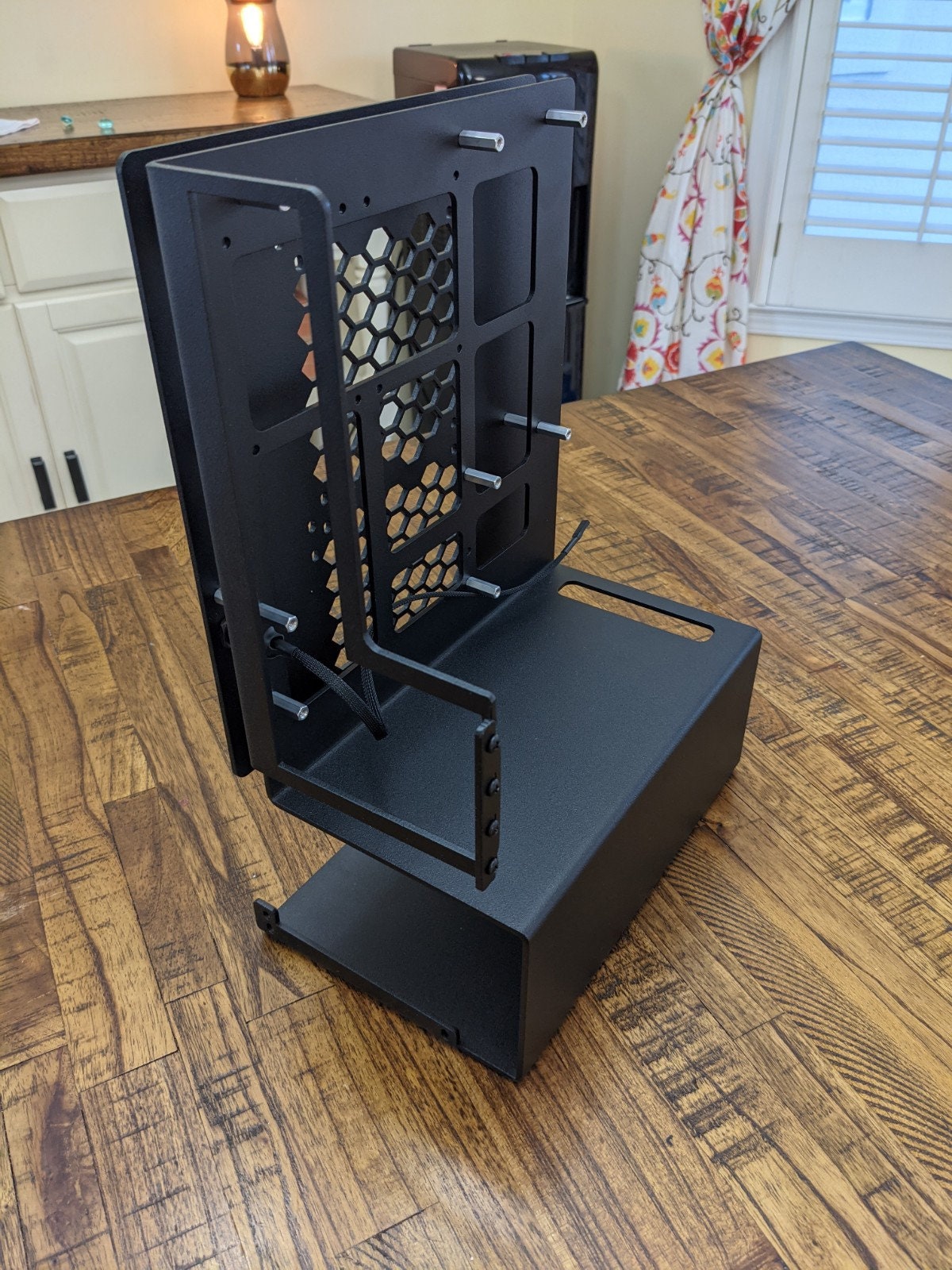

In addition, me thinks its support in the BIOS may be defunct on the 'd' series MOBOs (or maybe I've got one with a bad circuit) as I have tried it with and without a jumper, and reseting the detection never removes the message - and I've tried it with four BIOS revs.ĥ5795642 has it right double check your fan/heatsink mounting pins - an incompletely engaged one is a CPU killer, and will cause fan speed to soar. The intrusion detect is there for IT types who keep their network client machines locked down, and don't make removeable media disk drives or USB ports available (if you can't bring your favorite game to work, you also can't introduce the virus you downloaded with it to the network), and have policy about not poking around in the 'innards' if the BIOS is passworded, the IT guys can check on you, and fire you if you've taken the cover off it has nothing to do with the cooling policy of the BIOS.

You can probably disable chassis intrusion detection in BIOS, you can also jumper the chassis intrusion connector on the board, but either of those methods won't help your fan speed problem. Look in BIOS for ways to control fan speed. I didn't even OC the E8500 yet and the air that comes out the back of my case is still very cool so I'm pretty sure I can afford to lower the heat sink's fan speed a bit. I just want to make my gaming rig a little quieter so I can have it on my desk instead of tucking it away since it has a nice looking case. Is that the case? Anyone know how I can show the MOBO that my case is indeed closed? I am currently using the COOLER MASTER RC-690-KKN1-GP Black SECC/ ABS ATX Mid Tower Computer Case. My guess is that the MOBO thinks that the case is open and so it ramps up the fan speed to compensate.

#CASE OPEN FEATURE SOFTWARE#
I cannot adjust the heat sink's fan speed with the ET6 software and the heat sink can get pretty loud at times. I have a GA-EP45-UD3P MOBO and a XIGMATEK Dark Knight heat sink and the BIOS along with the ET6 software says that my case is open even when it's not. You can disable the chassis intrusion detection with a jumper over the chassis detection pins If not installed correctly, or if the latches are not fully functional (seems they are only good for a couple of install/uninstall cycles at most), the heatsink will not be held tightly against the CPU thus causing it to overheat and the fan to run at insanely high speeds as it tries to cool the processor.
#CASE OPEN FEATURE INSTALL#
The standard mounting for Intel's CPU heatsink/fan unit is a joke and difficult to install correctly.
#CASE OPEN FEATURE PC#
Alternately, go into BIOS -> PC Health Status and set "Reset Case Open Status" to Disabled. Unless you connect the appropriate switch (some cases have a normally-open momentary contact switch mounted such that opening the case cover "opens" the switch circuit) to that header, the motherboard will always believe the chassis is open. Your motherboard has a "Chassis Intrusion" two-pin header located at the head end of the PCI1 slot.


 0 kommentar(er)
0 kommentar(er)
